This 3DGS model was captured by the creator aurepuertadev at Falla Av. Antiguo Reino 2025 using KIRI Engine 3DGS Scan
3D Gaussian Splatting: Definition and Principles
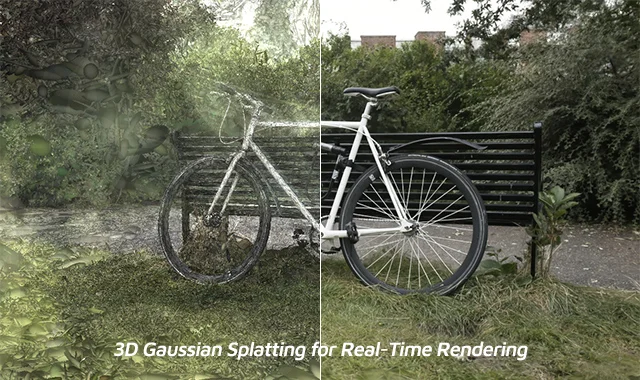
3D Gaussian Splatting enables real-time rendering and supports high-fidelity radiance field reconstruction. The core idea is to represent complex 3D scenes using a collection of 3D Gaussians, each of which is defined by its position, covariance matrix, opacity, and color parameters. This method directly renders scenes from multi-view images, preserving the continuous nature of the scene's radiance fields. Unlike traditional methods that rely on surface meshes or voxel grids, 3D Gaussian Splatting takes advantage of Gaussian functions, which can be adapted to model the complex light interactions and geometry present in real-world environments. The approach introduces anisotropic Gaussians—meaning each Gaussian can vary in shape and orientation to better represent the scene's appearance from various viewing perspectives. This flexibility allows the technique to more accurately capture the nuances of light and geometry in a scene.
At its core, 3D Gaussian Splatting leverages a mathematical foundation that decomposes each Gaussian's covariance into scaling and rotation matrices, enabling precise control over its shape and orientation. This method is both memory-efficient and computationally effective, as it focuses on sparse points initialized through camera calibration and then optimized to form a detailed 3D radiance field representation.
3D Gaussian Splatting: Method and Evaluation
The process starts by collecting images of the scene along with camera positions, which are used to generate a sparse point cloud. Each of these points is then converted into a 3D Gaussian with defined attributes—mean position, covariance matrix (for shape and orientation), and opacity. The rendering of these Gaussians is optimized through a differentiable process, using stochastic gradient descent (SGD) to minimize the loss function, which combines L1 loss and perceptual loss (D-SSIM). This optimization helps refine the 3D model, matching the views from the available images.
To ensure the method runs in real-time, particularly on GPUs, the system employs a tile-based rasterizer that efficiently handles the visibility of each Gaussian. This visibility-aware rendering process ensures that only visible splats contribute to the final image, thus enhancing the overall rendering performance. Additionally, the optimization of each Gaussian's covariance is critical for achieving accurate representation, and the explicit gradients derived from this process avoid inefficiencies associated with traditional automatic differentiation.
In real-world tests, 3D Gaussian Splatting has been evaluated against other advanced rendering techniques, such as Neural Radiance Fields (NeRF). The results show that 3D Gaussian Splatting offers superior speed and quality in generating photorealistic renderings, making it a strong candidate for real-time applications, such as augmented reality (AR), virtual reality (VR), and interactive experiences.
3D Gaussian Splatting: Characteristics and Limitations
Characteristics:
3D Gaussian Splatting offers several notable advantages:
Real-Time Performance: Its GPU-optimized, visibility-aware rendering ensures high-speed processing, which is crucial for interactive and real-time applications like AR/VR.
High Visual Fidelity: By using anisotropic Gaussians, this technique delivers detailed, sharp images with high-quality light effects, ensuring a photorealistic rendering.
Memory Efficiency: Compared to traditional voxel or mesh-based methods, 3D Gaussian Splatting reduces memory usage, making it suitable for real-time applications without sacrificing detail.
Flexible Representation: The use of Gaussian functions to represent scenes means that 3D Gaussian Splatting can adapt to complex lighting conditions and geometries, capturing intricate details that other methods may miss.
Limitations:
While 3D Gaussian Splatting offers impressive capabilities, it does have certain limitations:
Static Scenes: Currently, the method is best suited for rendering static scenes. Handling dynamic or moving objects requires additional techniques, such as temporal integration (e.g., 3D Temporal Gaussian Splatting).
Initial Calibration: The quality of the final model heavily depends on the accuracy of initial camera calibration and the sparse point cloud. Poor calibration can lead to less accurate or distorted renderings.
Occlusion Issues: In extremely dense or occluded scenes, some complex lighting interactions and occlusion effects may not be captured perfectly, leading to artifacts in the rendered model.
3D Gaussian Splatting: Applications and Future Development
3D Gaussian Splatting has opened up a wide range of applications across industries that require fast, high-quality, and photorealistic 3D reconstruction. In the field of augmented reality (AR) and virtual reality (VR), this technique enables real-time scene rendering from casually captured images or videos, enhancing immersive experiences with dynamic and realistic environments. It's also making significant contributions to 3D mapping, cultural heritage preservation, and digital twin creation, where high-fidelity visualization of real-world spaces is crucial.
In film and game development, 3D Gaussian Splatting offers a more efficient way to generate detailed scenes without the heavy processing demands of traditional mesh-based or neural radiance field methods. For e-commerce, it allows for quick creation of interactive 3D product models from simple image sets, streamlining digital asset pipelines.
Today, a growing suite of tools is already expanding the capabilities of 3D Gaussian Splatting beyond passive rendering. Platforms like KIRI Engine have begun integrating in-app editing features, allowing users to manipulate 3DGS files directly on mobile and web. Alongside a community of developers who have created plugins and addons for different rendering engines, KIRI has also developed a free and open-source Blender addon that enables users to recolor, retexture, animate, render, and re-export 3DGS files with ease. This surge of extended tools and cross-platform support is unlocking countless new possibilities for how Gaussian Splatting can be used, paving the way for more creative, interactive, and accessible workflows.
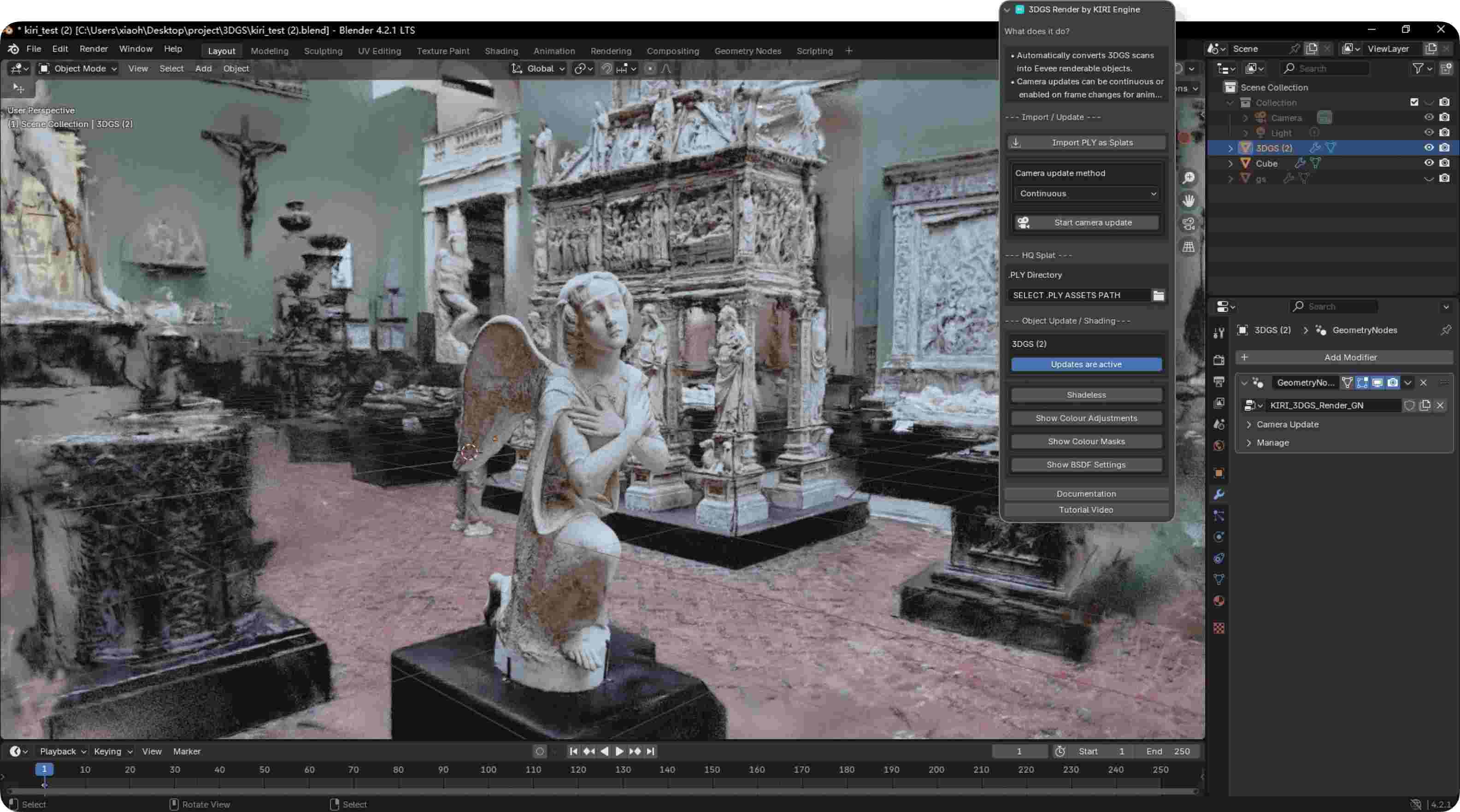
3D Gaussian Splatting Blender plugin developed by KIRI Engine
As research continues, we can anticipate improvements in rendering speed, model compression, and integration with AI-driven optimization, positioning 3D Gaussian Splatting as a cornerstone technology for the next generation of 3D content creation.
KIRI Engine's 3D Gaussian Splatting Scan Technology
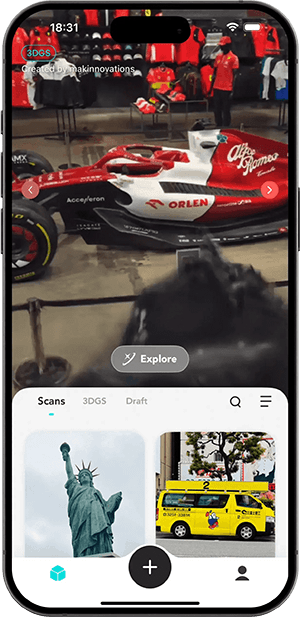
KIRI Engine APP
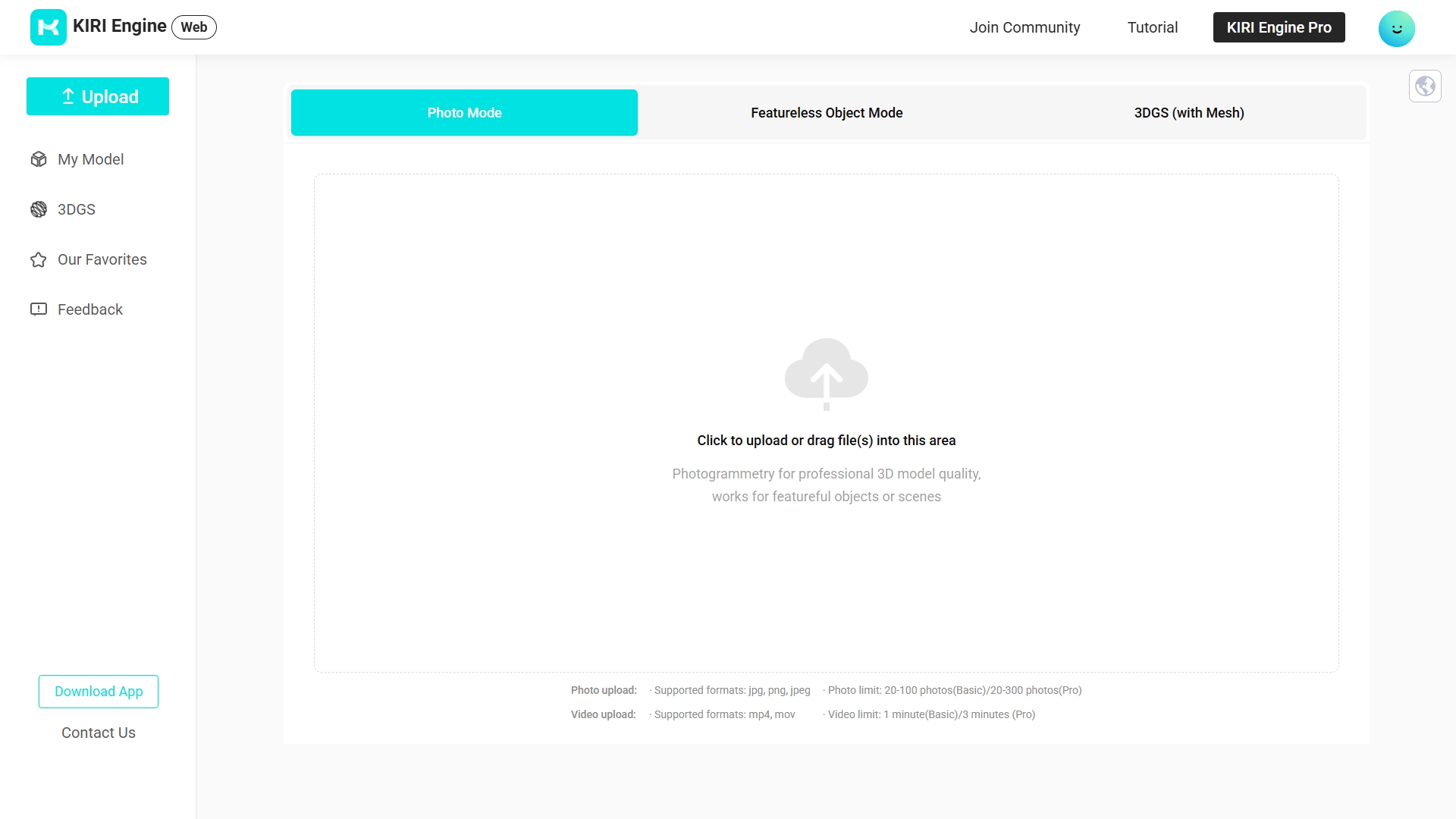
KIRI Engine Web Version
KIRI Engine has integrated cutting-edge 3D Gaussian Splatting (3DGS) into its mobile and web-based 3D scanning platform, enabling users to generate highly detailed, photorealistic 3D models using just a smartphone. This scan mode leverages the latest advancements in neural rendering and volumetric representation, bringing real-time radiance field rendering to accessible, consumer-level devices.
This fire truck model was created using the 3DGS Scan of KIRI Engine
How does KIRI Engine's 3D Gaussian Splatting work
KIRI Engine's 3DGS Scan mode transforms a short video or a series of photos taken from different angles into a dynamic 3D scene using anisotropic 3D Gaussians. These Gaussians are initialized from sparse camera-calibrated points and then optimized in the cloud to form a continuous radiance field that accurately reflects the geometry and appearance of the scene.
Key steps include:
Capture: Users record a video or take multiple photos of the target object or scene.
Cloud Processing: The data is uploaded to KIRI's server, where a differentiable Gaussian splatting pipeline reconstructs the 3D representation.
Rendering: The final model supports real-time view synthesis, allowing users to preview and interact with the object from any angle.
Advantages of KIRI's 3D Gaussian Splatting Scan
No special equipment required – Simply use your iPhone or Android device to capture a short video or set of photos.
Cutting-edge neural rendering – Generates high-fidelity, view-dependent 3D scenes using anisotropic 3D Gaussians with real-world lighting and detail.
Editable output for creative workflows – KIRI Engine supports conversion from 3D Gaussian Splatting to mesh, making models compatible with traditional 3D pipelines.
Blender integration – A dedicated Blender plugin allows users to load, visualize, and edit Gaussian Splatting files directly in Blender, enabling further refinement and creative control.
Accessible via mobile and web – Scan and process on the go using the app, or upload and manage projects on the web version.
Unlock the Power of 3DGS with KIRI Engine
While 3D Gaussian Splatting (3DGS) technology is still in its early stages and not yet widely adopted or fully matured, KIRI Engine stands out as the best app currently available for 3DGS scanning. The app offers powerful, real-time scanning capabilities, allowing you to easily transform real-world scenes into high-quality, interactive 3D models using just your phone. Imagine being able to 3D digitize anything around you with the power of 3DGS. Whether you're a creator, educator, or professional, KIRI Engine provides an accessible and effective way to harness the potential of 3DGS. Don't miss out—download KIRI Engine today and experience the future of 3D scanning firsthand.





/webresources/Blog/1765509623768.png)
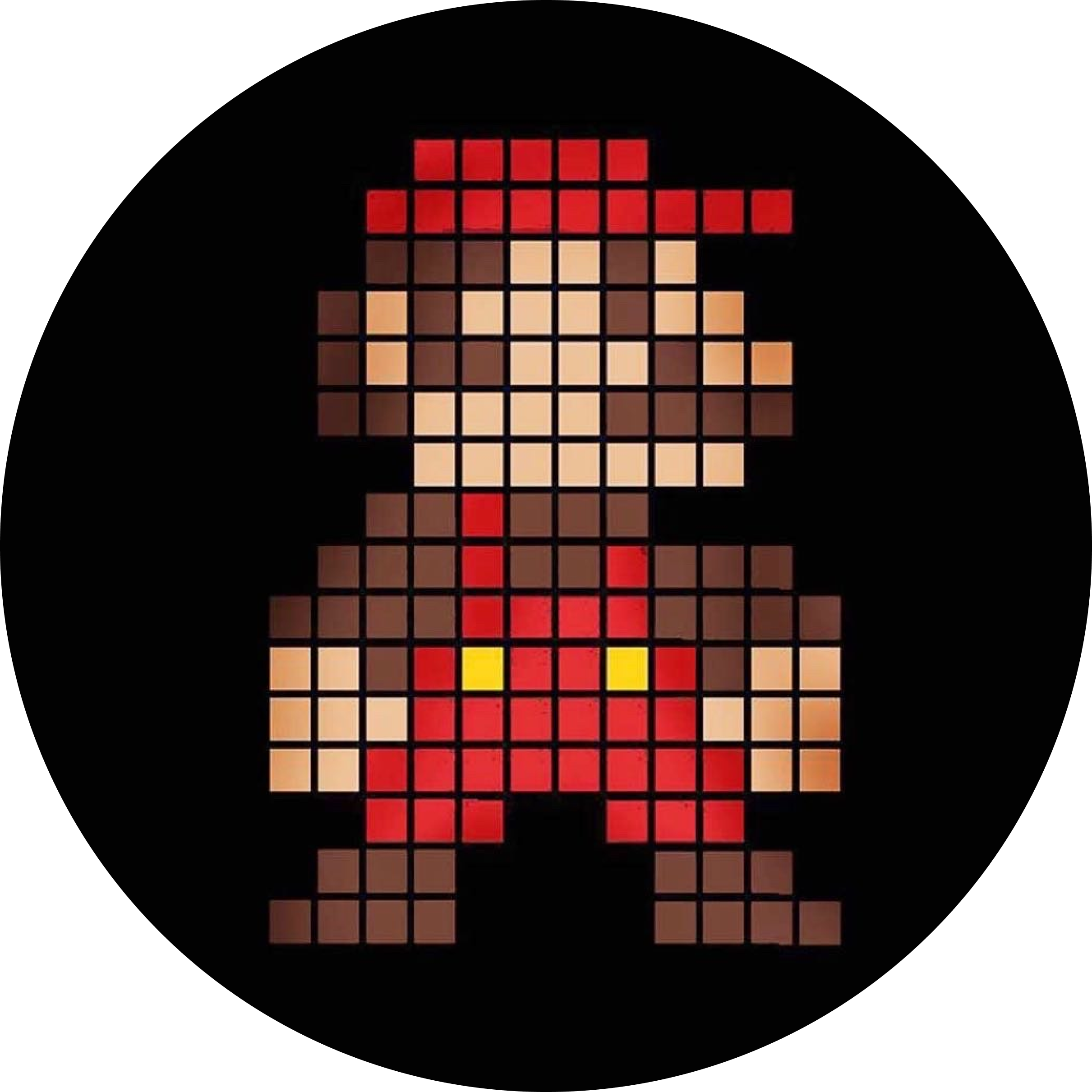
/webresources/Blog/1762763867214.png)
/webresources/Blog/1761640404233.png)